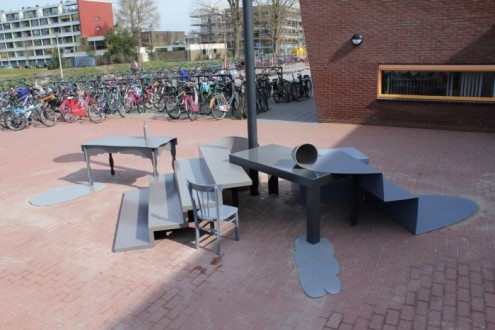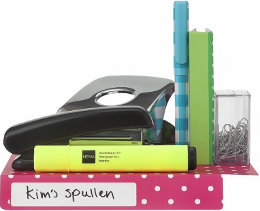 The 2013 HEMA design award was won by Tessa Eising, a student at the University of Twente, for her laminated rectangular cardboard space dividers.
The 2013 HEMA design award was won by Tessa Eising, a student at the University of Twente, for her laminated rectangular cardboard space dividers.
The dividers have one folding edge at both one short and one long side with a label you can write on. The idea is that you put them in a cupboard, fold the edge, write your name on it, and put your stuff on it. As we wrote a couple of days ago, Dutch students often share a flat because of the high rents and they often need to figure out ways to determine who owns what. (In my student days, we shared most of the food and wrote our name on the packaging in the rare cases we needed to reserve something for ourselves.)
Another nominated design that I liked is Kim Monster’s ‘spider’ which you screw onto a standard soda bottle filled with water. Put the bottle ‘feet first’ in a planter and you’ve got a drip for your plants. There is also the travel bottle by Zsolt Hayde with two caps, one for dispensing whatever cream you put into it, the other for cleaning it when it’s empty. Handy for these paranoid times where governments won’t let their electorate onto planes with full bottles.
The HEMA design contest is held every year by the department store of the same name. Winning designs sometimes end up in the store, and it seems that first prize winners are sold through HEMA’s web shop. I have seen 2011’s winner Vrachtpatser, an extension for your bicycle’s luggage rack, in the wild a couple of times. This years prizes were awarded at a ceremony held 11 June at the OBA, the Amsterdam public library.
(Photo: HEMA)


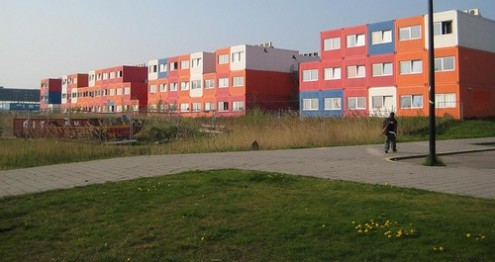
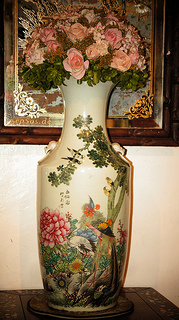
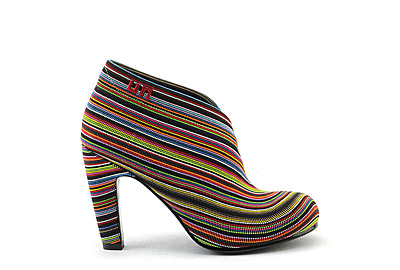

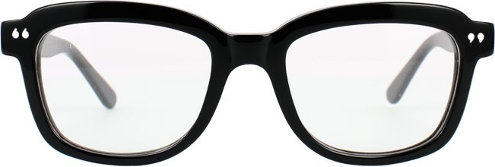
 One in three Dutch companies wants to break up with its bank, but only one in six thinks this is possible,
One in three Dutch companies wants to break up with its bank, but only one in six thinks this is possible,  A study commissioned by the Ministry of Infrastructure and the Environment revealed that accidents with mobility scooters involve tipping in 70% of cases.
A study commissioned by the Ministry of Infrastructure and the Environment revealed that accidents with mobility scooters involve tipping in 70% of cases.